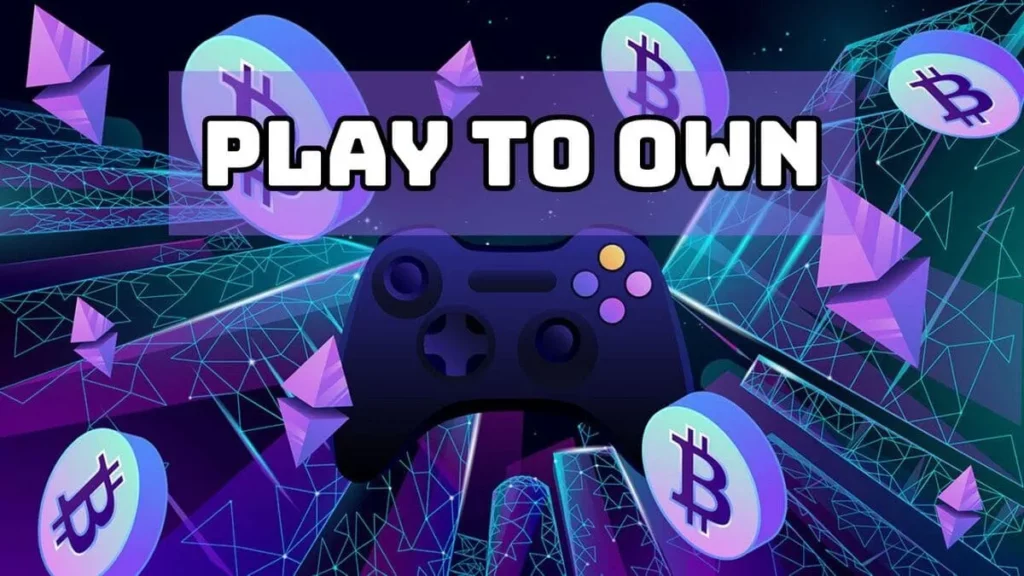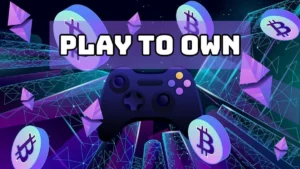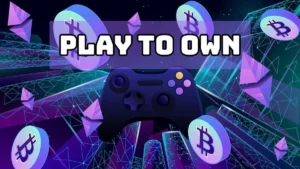
‘Play to Own’ Games: A Necessary Revolution for the Future of Blockchain Gaming
The recent collapse of the Play-to-Earn (P2E) model has left the blockchain gaming industry at a crossroads. The promise of “play and earn” has proven to be nothing more than an illusion, as 90% of projects are now dead or abandoned. The sector’s funding dropped over 70% in Q1 of 2025, and monthly active users continue to plummet.
What went wrong with P2E? In a nutshell, it prioritized the economy over gameplay. Developers created economies based on constant token emissions, where every new user became a liquidity source for the one before. The value held up only as long as more players kept coming, willing to buy what others no longer wanted. This flawed approach ultimately led to the exodus of players and the collapse of the model.
However, amidst the chaos, a glimmer of hope emerges in the form of Play-to-Own (P2O) games. Unlike P2E’s token-based economy, P2O proposes giving players true ownership of unique, scarce, and verifiable in-game items stored on the blockchain. This approach transforms these assets from volatile exchange chips to objects with value in themselves.
But what does this mean for the future of blockchain gaming? To be a viable alternative, Play-to-Own must reframe its mission. Ownership alone is not enough; it’s essential to design games that provide compelling gameplay, an engaged community, and a design that sees the economy as a tool – not the main product.
Source: crypto-economy.com


